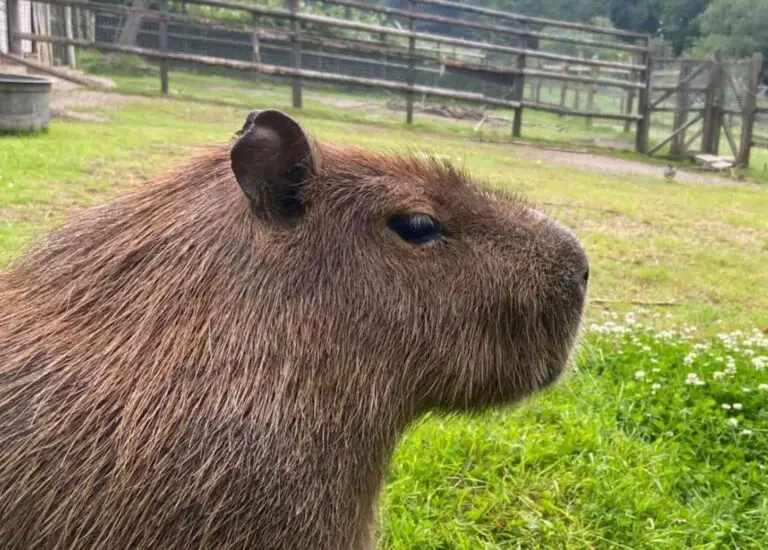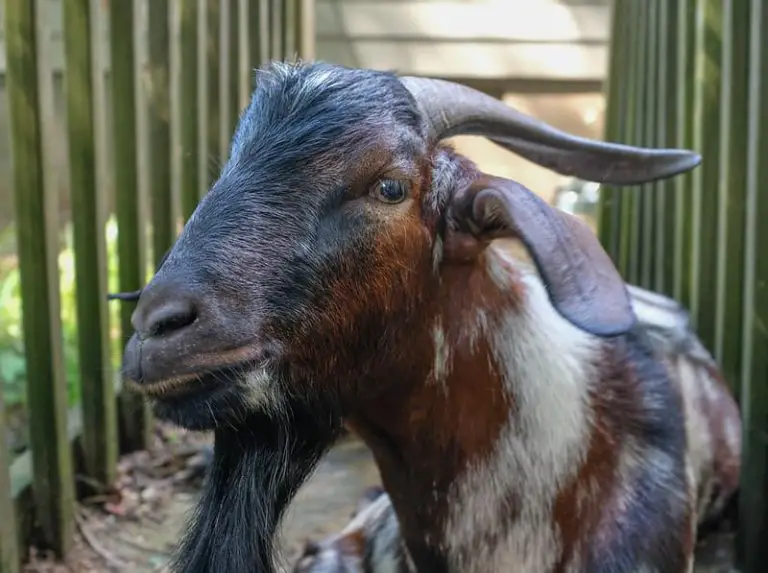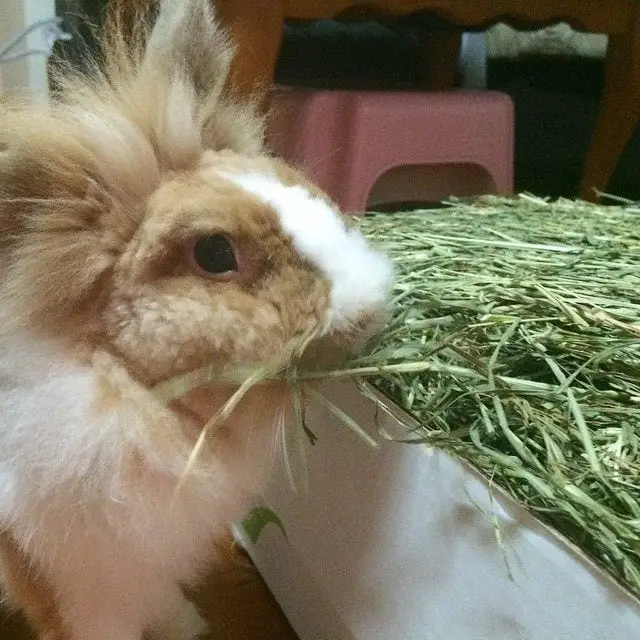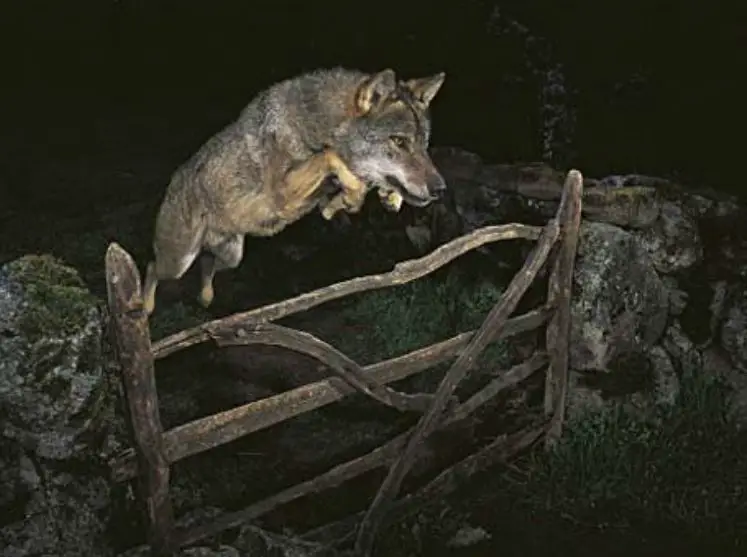Why Do Capybaras Like Oranges? (This is the Reason)
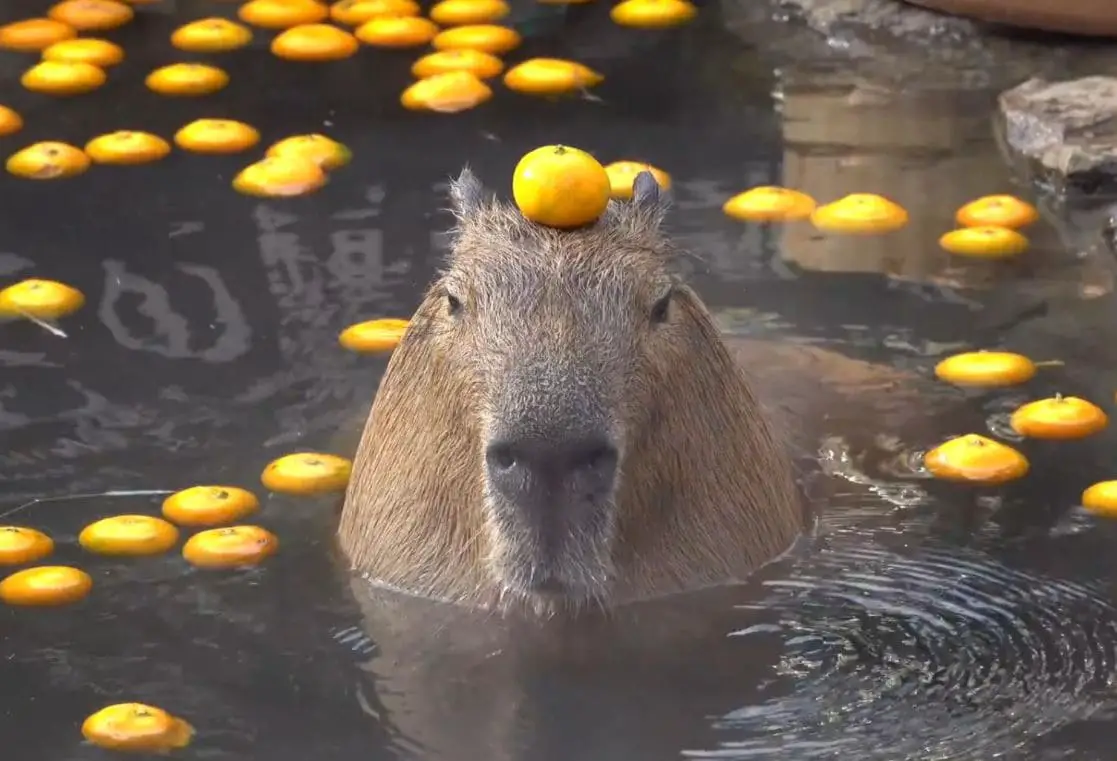
The capybara is a herbivorous animal that only feeds on vegetable matter, such as food gets all the nutrients that the body needs.
Therefore, the capybara diet is mainly composed of herbs and aquatic plants, although it also has a tendency to eat fruits, berries and occasionally chew the soft bark of trees as well, although sometimes it does so only to sharpen its incisors.
In addition, capybaras feed on various species of field grasses such as grass and can also supplement their diet with flowers and seeds.
The main reason why a capybara in captivity is fed oranges is that the capybaras cannot produce vitamin C, so the need must be met through the food they consume. In animals in captivity, with obviously wrong feeding, cases of scurvy were observed.
In nature you could see the capybaras eating from the fallen oranges of the trees, vitamin C is a very important supplement in their diet.
Unlike other species, the capybara needs an exogenous source of vitamin C. That is to say, it is not capable of synthesizing that vitamin as is the case with humans, primates and some other species.
As we mentioned, vitamin C deficiency in capybara leads to scurvy, but, long before the classic signs appear, a slight difference in vitamin C can cause growth retardation in capybara and infertility.
Therefore, an insufficient supply of this vitamin can cause.
Something else important about the capybara’s feeding habits is that like many other rodent species, its two front teeth are constantly growing during its lifetime.
Therefore, their food has to be constantly chewed and gnawed in the process of grinding, which is done in a back and forth motion, rather than from side to side.
Not only that, capybaras also regurgitate what they eat and chew it back, just like cows do.
They have even been seen eating their own feces, which helps them to break down the cellulose present in the grass and improve their digestion process.
Capybara feeding habits
The capybaras feed at night and in the morning, resting during the day. An adult capybara can eat almost 4 pounds of different types of herbs a day.
These rodent mammals are known for their very selective diet, and capybaras have an extremely efficient digestive system that allows them to survive on a diet whose 75% is composed of only four and six plant species.
Capybara lives on the banks of rivers and lakes, in swamps and, generally, in all humid places in the tropical and temperate areas of South America, east of the Andes.
Regardless of sex, a young capybara weighing about 10 kg. eats approximately 1.5 kg. of green fodder per day, while an adult weighing 40 kg. consumes 6 kg. of green fodder (equivalent to 15% of the P.V.) or if it is the case, 1.2 kg. of dry fodder (equivalent to 3% of the P.V.). The capybara also eats some types of aquatic plants.
Do Capybaras eat their own poop?
The food of the capybara consists mainly of herbs that are consumed on the continent, occasionally supplemented with aquatic plants.
Sometimes they also go to the plantations and eat, for example, sugar cane, watermelons or corn. The occasional claim that fish are capybara food is wrong.
Capybaras have some dietary adjustments in their digestive system. These include an elongated stomach and cecum, the initial portion of this rodent’s large intestinal organs.
The capybara practices coprophagy which is the feedback of feces, the material of which is fermented in the cecum using special bacteria that become immediately consumable after they leave.
In this way, the animals can make the best use of poorly digestible cellulosic food. The feces produced after digesting the capybara are oval and dry.
Capyraba feeding in captivity
Captive-feeding capybaras need to graze in pastures more often of fine grass and star grass. In the semi-intensive farming system, you can surround a small area around a landfill and plant fodder outside the capybara’s breeding area to feed them.
It is necessary to provide them with voluminous feed daily, always at a rate of 5 kg per adult animal and up to 2 kg per puppy. The food can be supplied whole, thrown away, hung in the trees and also or in feeders.
Mineralized salt can be added to the cave and, on different days, rations of corn grains can be added.
The quality of the food supply is very important for the maintenance of the capybara. Concentrated feeds can be offered independently of the breeding systems and this may also depend on the expected weight gain.
This feed should contain raw protein, corn, good quality grass hay, soybean meal, limestone, phosphate and salt.
The concentrate can be served daily in the animal feeder based on 500 g per adult capybara and 100 to 200 g per capybara in the case of confined breeding.
At first, the capybara does not accept new foods and cut plants, but then it gets used to it. The breeder must have patience and technique to incorporate these foods into the diet.
Do capybaras eat orchids?
The capybara has always stood out for having a mainly herbivorous diet, it can eat vegetation including flowers, aquatic plants or algae are the favorite of the capybara, therefore the capybara can eat orchids.


